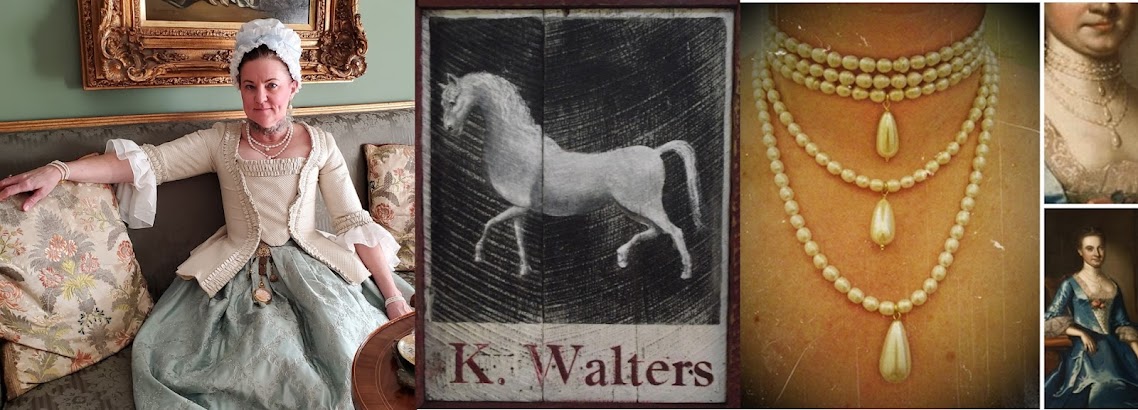*****
A lot of chapters are interesting from a historical viewpoint—but also very practical for today. This includes items in season, cooking terms, measurements, receipts, how to carve meats, setting a table for one to thirty dishes, and even how to choose your produce at the market.
Kitchen cleanliness and safety in the 18th century
One of the other areas that I think is highly important and underrepresented is cleanliness and safety in the 18th-century kitchen. What was really considered, done, and written down? I’m always asked if I am going to use bleach, soap, and sanitizer when cooking. No. I use 18th-century methods, and they work. General observations for cooks and what they needed to do to ensure they did not poison or make anyone sick were also noted in my book. This focused on utensils and equipment.
One of the other areas that I think is highly important and underrepresented is cleanliness and safety in the 18th-century kitchen. What was really considered, done, and written down? I’m always asked if I am going to use bleach, soap, and sanitizer when cooking. No. I use 18th-century methods, and they work. General observations for cooks and what they needed to do to ensure they did not poison or make anyone sick were also noted in my book. This focused on utensils and equipment.
The types of metals that the equipment was made from and how they were cleaned was very important. If a cook wanted to poison someone, they could do so by using a certain type of pot that had verdigris on it and serving it right up! Cooks did not know that some of the metals were deadly that they used, but they at least knew that if they were not cleaned correctly, they could be deadly.
I caution the reader not to use an original pot or utensil to cook for demonstration or at home. We may not be able to identify the type of metal it is made from today. By focusing on M. Radcliffe, I highlighted this very issue. Radcliffe talks about lead and its hazards, which is somewhat unique, but by this time well known. Here is an excerpt from her book:
Lead is a metal easily corroded, especially by the warm steams of acids, such as vinegar, cider, lemon-juice, Rhenish wine, &c. and this solution, or salt of lead, is a slow and insidious, though certain poison. The glazing of all our common brown pottery ware is either lead or lead ore; if black, it is a lead ore, with a small proportion of manganese, which is a species of iron ore; if yellow, the glazing is lead ore, and appears yellowish by having some pipe or white clay under it. The colour of the common pottery ware is red, as the vessels are made of the same clay as common bricks. These vessels are so porous, that they are penetrated by all salts, acid or alkaline, and are unfit for retaining any saline substances. They are improper, though too often used, for preserving sour fruits or pickles. The glazing of such vessels is corroded by the vinegar: for, upon evaporating the liquor, a quantity of the salt of lead will be found at the bottom. A sure way of judging whether the vinegar or other acid have dissolved part of the glazing, is by their becoming vapid, or losing their sharpness, and acquiring a sweetish taste by standing in them for some time; in which case the contents must be thrown away as pernicious.
Source:
Radcliffe, M., A Modern System of Domestic Cookery: or, The Housekeeper’s Guide, Arranged on the Most Economical Plan for Private Families. Originally published in 1823, digitized on Google Books Aug 15, 2007.
Radcliffe, M., A Modern System of Domestic Cookery: or, The Housekeeper’s Guide, Arranged on the Most Economical Plan for Private Families. Originally published in 1823, digitized on Google Books Aug 15, 2007.
*****
